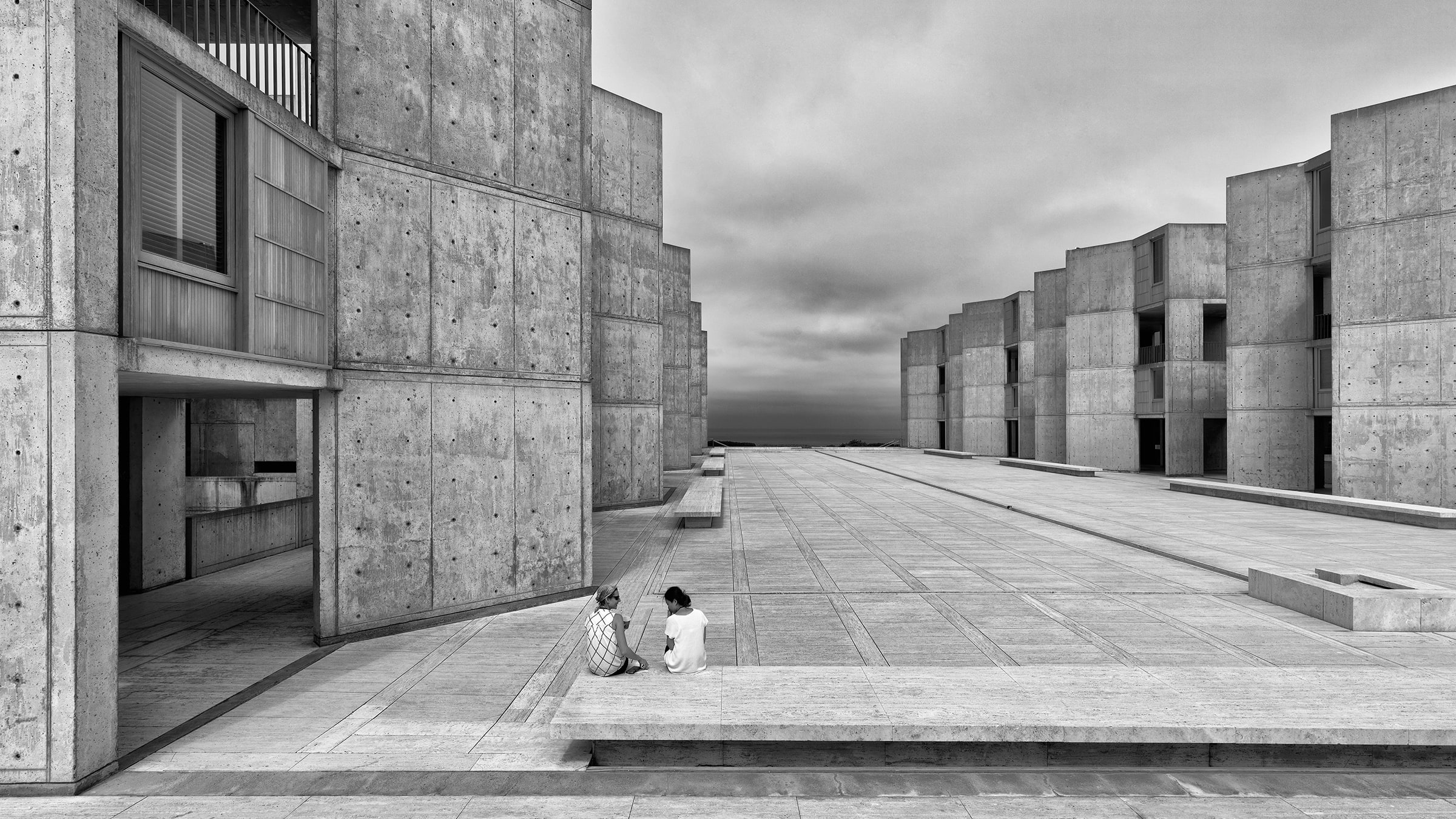Pera Museum presents a lecture and film event as part of the exhibition Re/Framing Louis Kahn: Photographs by Cemal Emden – Drawings and Paintings. Following the screening of the 1972 documentary Louis Kahn, Architect, Assoc. Prof. Funda Uz ve Prof. Dr. Neslihan Dostoğlu will analyze and talk about Louis Khan’s architecture, and set on a quest to discover what can be learned from him today.
18:00 Documentary Screening: Louis Kahn, Architect
1972, Directed by: Paul Falkenberg and Hans Namuth, A Museum of at Large Film, 28’
18:30 Lecture Assoc. Prof. Funda Uz, Prof. Dr. Neslihan Dostoğlu
Free of admissions, drop in. This event will take place in the auditorium. The talk will be in Turkish.
Timeless Fragments of Kahn Architecture
Kahn’s sketches are recordings of a translation as parts of various characteristics, scales, spaces and experiences. Yet, what makes his architecture timeless transcends the spiritually attractive philosophy in his statement that “the nature of space reflects what it wants to be”. Khan’s architecture is defined by the wholeness he constructs between fragmented forms, and how he revisits the archetypes of architecture. Kahn’s archetypes exist at the threshold of light and silence in his sketches, which redefine his knowledge of architecture in deep shadows and color. The abstract simplicity of his architecture also builds a tense relationship with vitality and scale, and it is this tension, which constitutes the center of liveliness in design. This is a drama that is built on geography, nature, geometry, light, order and existence, in other word, the drama of memory. The first part of the lecture reads Khan’s architecture from fragments built on “travel journal- sketches” and “archetypal traces”. The second part titled “Khan: An Olive Tree” opens a discussion on what can be learned from Khan today in education, profession and academic research on the basis of the documentary shown before the lecture.
Re-reading Khan Through His Drawings
Louis Khan in the US and Team 10 in Europe share a style that stands out as a milestone or even a stepping stone somewhere between modern and post-modern architecture. They are the pioneers to seriously question the principles of modern architecture, and in later years architects, who are generally defined as “post-modernists”, followed up on their point, and raised various forms of criticism. The sketches and completed buildings published in The Louis I. Kahn Archive: Personal Drawings in Seven Volumes serial in the Louis Khan Archive at the University of Pennsylvania offer a full account of the evolution of Khan’s architecture in time. After completing his architectural education in the beaux-arts school and adopted the principles of modern architecture in the early years of his career, Khan modified his style almost completely as of the end of 1940s, and rejected the tradition of international style in favor of a style that contains monumental geometrical forms and abstract symbolism. Particularly in his maturity projects, Khan emphasized the notion of “place” instead of “space” like Team 10. The lecture studies the different periods in Khan’s architecture through the statements in his architectural drawings.
